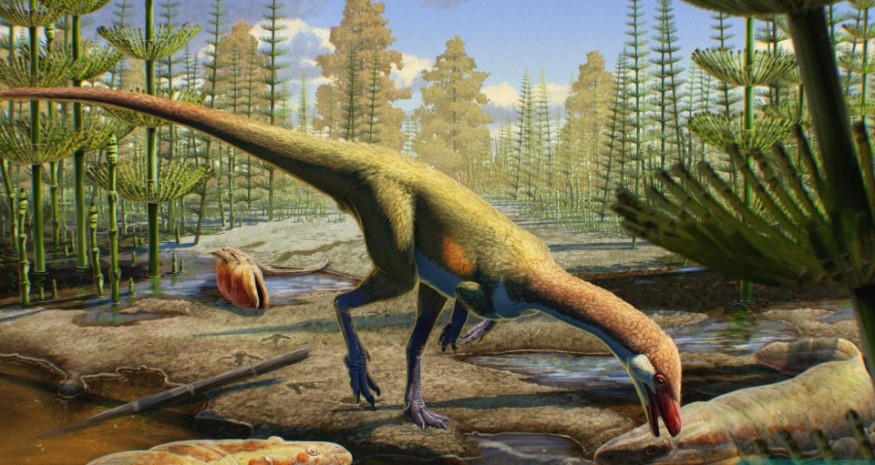
A groundbreaking discovery in Wyoming has changed what scientists thought they knew about the origin and spread of dinosaurs. Researchers from the University of Wisconsin–Madison unearthed the fossils of a small dinosaur, now named Ahvaytum bahndooiveche, that lived around 230 million years ago.
This challenges the long-standing belief that dinosaurs first appeared in the southern part of the ancient supercontinent Pangea and only migrated north millions of years later.
Discovery of Ancient Dinosaur in Laurasia Redefines Triassic Distribution
The fossils, found in 2013 at a site known as Garrett's Surprise, suggest that dinosaurs lived in the northern hemisphere (Laurasia) at the same time as their southern counterparts (Gondwana).
Using advanced dating techniques, scientists confirmed the fossils' age, making Ahvaytum bahndooiveche the oldest known dinosaur in North America and the earliest equatorial dinosaur in the world.
Unlike the massive dinosaurs often depicted in movies, Ahvaytum bahndooiveche was small, about the size of a chicken, with a long tail.
According to Gizmodo, this early sauropod relative offers a glimpse into the humble beginnings of dinosaurs.
"We often think of dinosaurs as huge creatures, but they started small," explained Dave Lovelace from the University of Wisconsin Geology Museum, who co-led the study.
The findings, published in the Zoological Journal of the Linnean Society, challenge the idea that dinosaurs originated exclusively in Gondwana before spreading to other regions.
Instead, the presence of Ahvaytum bahndooiveche in Laurasia suggests a more widespread distribution of dinosaurs during the Triassic period.
Ahvaytum Discovery Connects Dinosaurs, Climate Change, and Cultural Heritage
The fossils were discovered in rock layers that date back to a wetter climate phase known as the Carnian Pluvial Episode, SciNews reported.
This period, marked by heavy rains, turned desert areas into habitable environments, possibly encouraging the early diversification of dinosaur species.
The research team also uncovered a fossilized footprint from an even older dinosaur-like creature, further suggesting that dinosaurs or their relatives were already present in Laurasia before Ahvaytum bahndooiveche.
Additionally, they found the remains of a prehistoric amphibian at the site, highlighting the region's rich biodiversity millions of years ago.
Collaborating with the Eastern Shoshone Tribe, the researchers named the dinosaur Ahvaytum bahndooiveche, meaning "long ago dinosaur" in the tribe's language. Tribal elders and students participated in the naming process, honoring the region's cultural heritage.
© 2025 NatureWorldNews.com All rights reserved. Do not reproduce without permission.





